Our customers are changing the world with inspiring ideas and impactful projects. Here is the story of the founder of Velveteen Type Foundry, one of the major open-source type foundries in the world.
TILDA SUCCESS STORIES
Frank Adebiaye
Tilda

An accountant who designs typefaces and a type designer who fills out tax declarations for artists: Discover the fascinating story of Frank Adebiaye who founded Velveteen Type Foundry, one of the largest font foundries in the world, while working as a chartered accountant. He calls himself a "work designer" and believes that typography should be subjective just like handwriting.
Type Design
Industry
Paris
Location
— Hey Frank, can you briefly introduce yourself?
— Yes, I'm Frank Adebiaye, I'm both a chartered accountant and a type designer. I also write articles and poetry, so I'm both an office clerk and a creative person.
More than 10 years ago, I founded Velvetyne Type Foundry. It is one of the major open-source type foundries in the world. And I am very proud because we have a huge community with many type designers involved in bringing more diversity in typography as well as experimenting with form.
More than 10 years ago, I founded Velvetyne Type Foundry. It is one of the major open-source type foundries in the world. And I am very proud because we have a huge community with many type designers involved in bringing more diversity in typography as well as experimenting with form.
— For those who don't know the Velvetyne font foundry yet, can you share some highlights about it?
— I think there are more than 100 typefaces available now in the Velvetyne and more than 15 members. As time goes by, we involve more and more women in this adventure as well as gender diversity, and inclusive writing—we have started to work with orphans recently.
We are about to release the font for the Tifinagh, that's a language in Morocco. And I am proud to be involved not only in Latin typography but also in world typography.
We are about to release the font for the Tifinagh, that's a language in Morocco. And I am proud to be involved not only in Latin typography but also in world typography.

Frank Adebiaye
— How did your interest in typography come about?
— My passion for typography started by repairing a laser printer and sending printed love letters, because my handwriting is awful and I'm left-handed. Then I noticed the difference between the font on the screen and the font printed and found it very interesting. That's how it all started.
I don't come from a creative family: My father is also a chartered accountant. When I was young, I had a computer at home and used it to dive into creative fields. I didn't attend any art school, but with the help of the computer, I learned how to make spreadsheets and also how to create new things. And I use it both ways still now.
I don't come from a creative family: My father is also a chartered accountant. When I was young, I had a computer at home and used it to dive into creative fields. I didn't attend any art school, but with the help of the computer, I learned how to make spreadsheets and also how to create new things. And I use it both ways still now.
— How did you start creating websites? Do you know how to code?
— I started designing websites many years ago. At the time, I used to design with Adobe Dreamweaver. I also coded websites sometimes with HTML and XML, sometimes I did quite complex things with JavaScript, etc. So I was coding and at a certain point I realized that I need to move on with my activity—I cannot do things all by myself, I have to engage other people and, therefore, the design process should be more accessible.
And then I discovered Tilda because I belong to that type community. I received a newsletter about the release of Tilda's official font Tilda Sans. Then I dove into this builder and discovered that I can do a lot with it.
And then I discovered Tilda because I belong to that type community. I received a newsletter about the release of Tilda's official font Tilda Sans. Then I dove into this builder and discovered that I can do a lot with it.


Tabulations Website

Made
on Tilda
on Tilda
— What makes this platform special to you?
— What I like about Tilda is that it is both a builder and a guide to building appealing web pages. That's what has seduced me because when you develop a web page using code, you tend to stay in your own mind and your own world—believe me, I've been there.
By creating a page out of Tilda blocks, you are often prompted to provide certain information that you might never have thought of if you were creating a website on your own. If you have a block with three icons, for instance, you have to explain your three main features or three key value propositions. It challenges you to think about your value and your offer, what you want to sell, or what you want to show or explain. So it's really good stuff.
By creating a page out of Tilda blocks, you are often prompted to provide certain information that you might never have thought of if you were creating a website on your own. If you have a block with three icons, for instance, you have to explain your three main features or three key value propositions. It challenges you to think about your value and your offer, what you want to sell, or what you want to show or explain. So it's really good stuff.

Frank Adebiaye
It's also more integrated with social media because when you design a web page with Tilda, you will be able to configure an SEO page for the display on Google search, and also on Twitter, Facebook, LinkedIn, and so on.
I noticed that with several websites I designed with Tilda people paid more attention to my message because it displays very well on the smartphone. So people can consult a web page very easily. And for me, it was not a tremendous effort to build this page. So it is a win‑win.
And thank you also for involving the type community and involving a lot of connection with typography to the platform, whether Google or Adobe or directly self-hosted web fonts. It's very important for the message to go through!
I noticed that with several websites I designed with Tilda people paid more attention to my message because it displays very well on the smartphone. So people can consult a web page very easily. And for me, it was not a tremendous effort to build this page. So it is a win‑win.
And thank you also for involving the type community and involving a lot of connection with typography to the platform, whether Google or Adobe or directly self-hosted web fonts. It's very important for the message to go through!
— How do you see the future of typorgahy?
— In subjectivity. Let me explain. There is a kind of subjectivity in how some of my typefaces work well with certain letters and are less efficient with other letters, like a person who is more capable of pronouncing certain words and less at ease with pronouncing other words.
So it gave me the idea of the subjective type and I called it "Subjective letters." It is another way to do things: There is a common set of glyphs, and when one copy is sold, I design an exclusive glyph to put in the specific copy. If you buy one copy, you can sell one copy. And between what you buy and what you sell you can make all the modifications you want.
So it gave me the idea of the subjective type and I called it "Subjective letters." It is another way to do things: There is a common set of glyphs, and when one copy is sold, I design an exclusive glyph to put in the specific copy. If you buy one copy, you can sell one copy. And between what you buy and what you sell you can make all the modifications you want.
— Coming back to your activity as an accountant and a type designer, how do you identify yourself?
— I see myself as an accomplished designer, devoted to making things work. Let's say you have a project, so you need accounting to be solid and viable but you also need typography to be appealing and to be efficient in your communication. And all of this is work design. So that’s what I do now.
Get to know the Tabulations project that Frank created on Tilda and discover amazing open-source fonts in Velvetyne Type Foundry.
More Stories:
How creating websites on Tilda allows Simon travel around the world
Why to teach your clients how to make and edit websites
Story of a startup that helps women grow their inner entrepreneurs
Why the founder of the Velveteen Type Foundry likes Tilda's typography tools
Free coursebook on how to design, set up, and run
high-conversion landing pages
high-conversion landing pages
Free practical guide to web animation with examples, techniques,
and tips on how to use them


